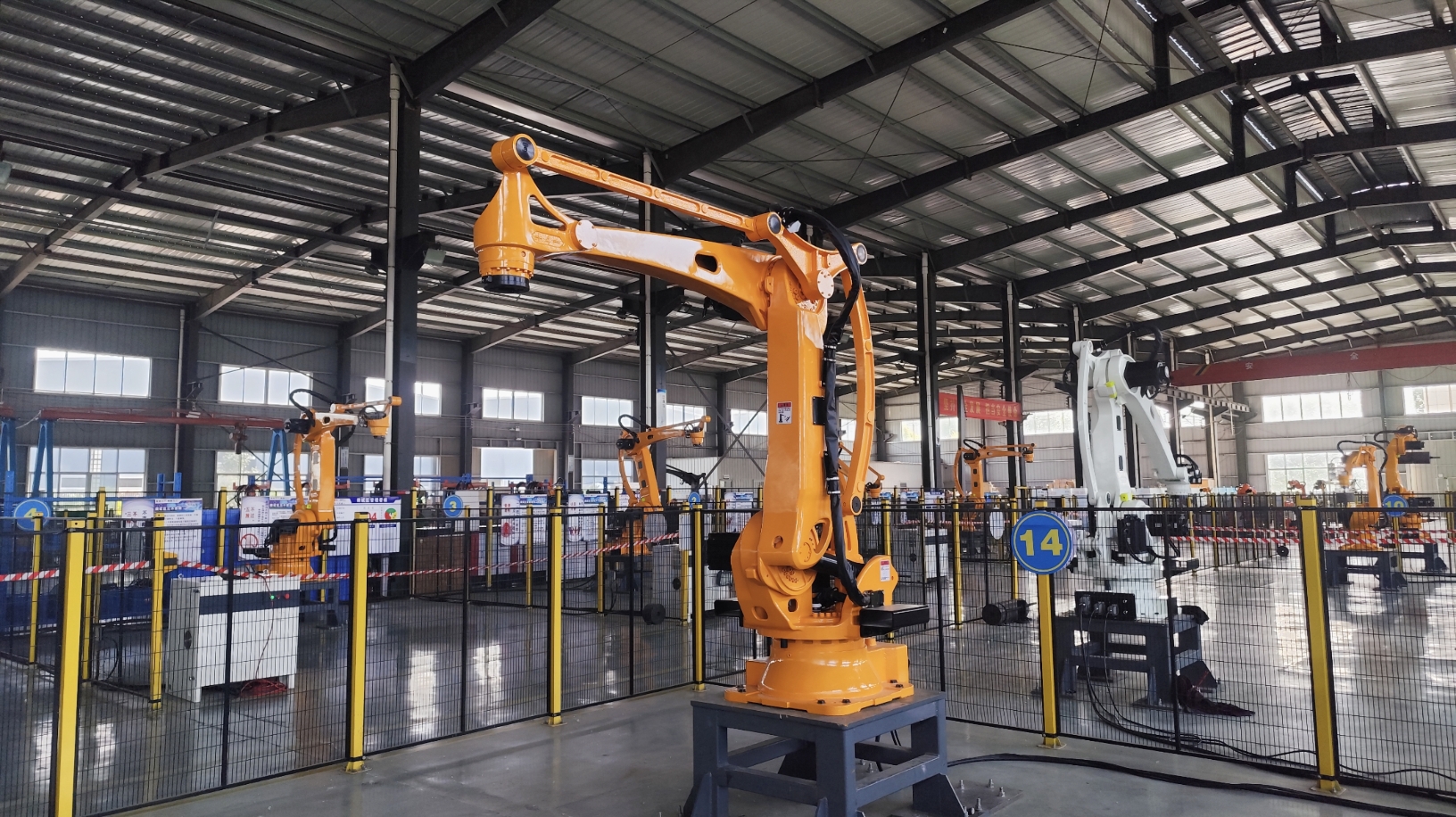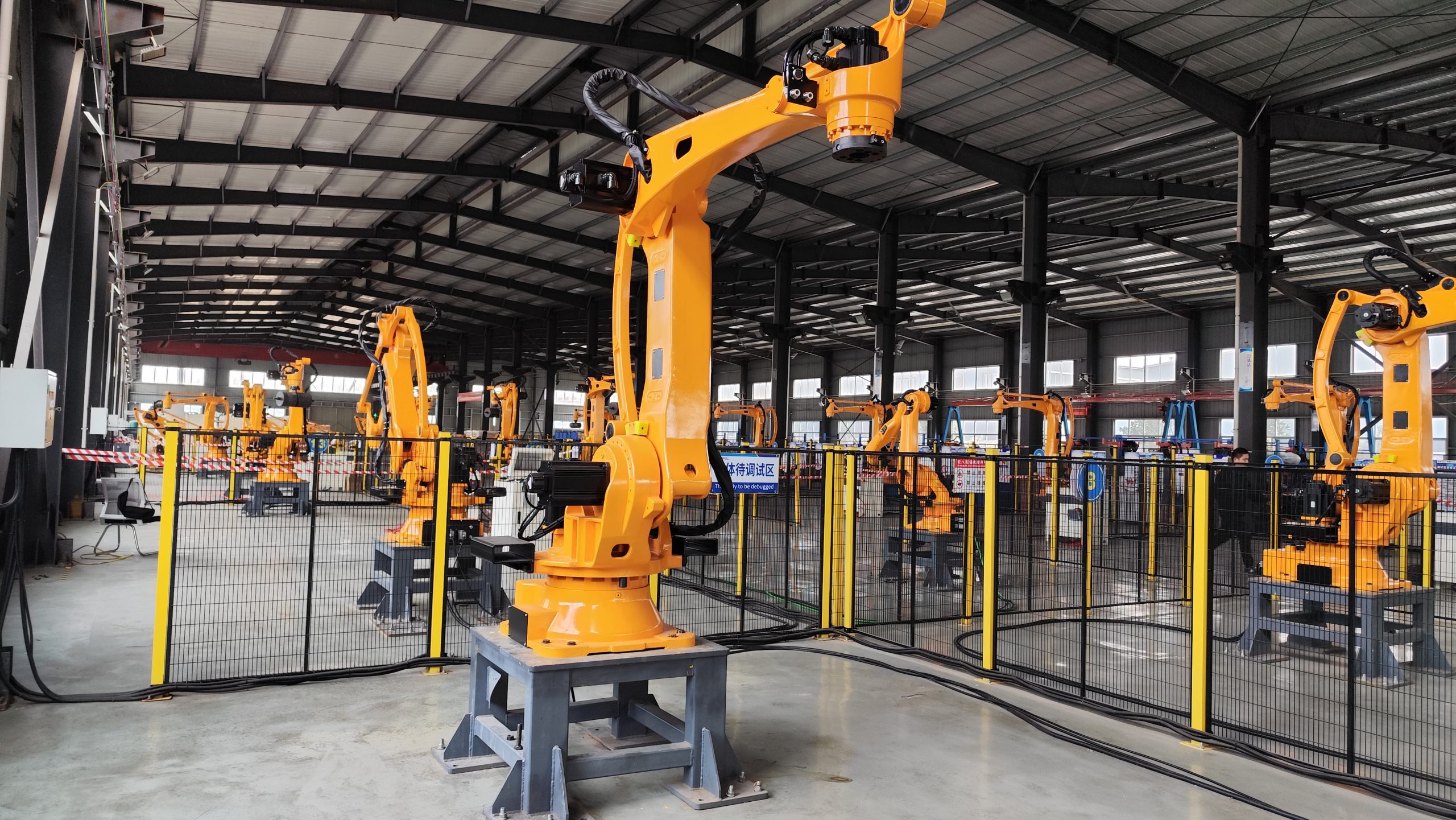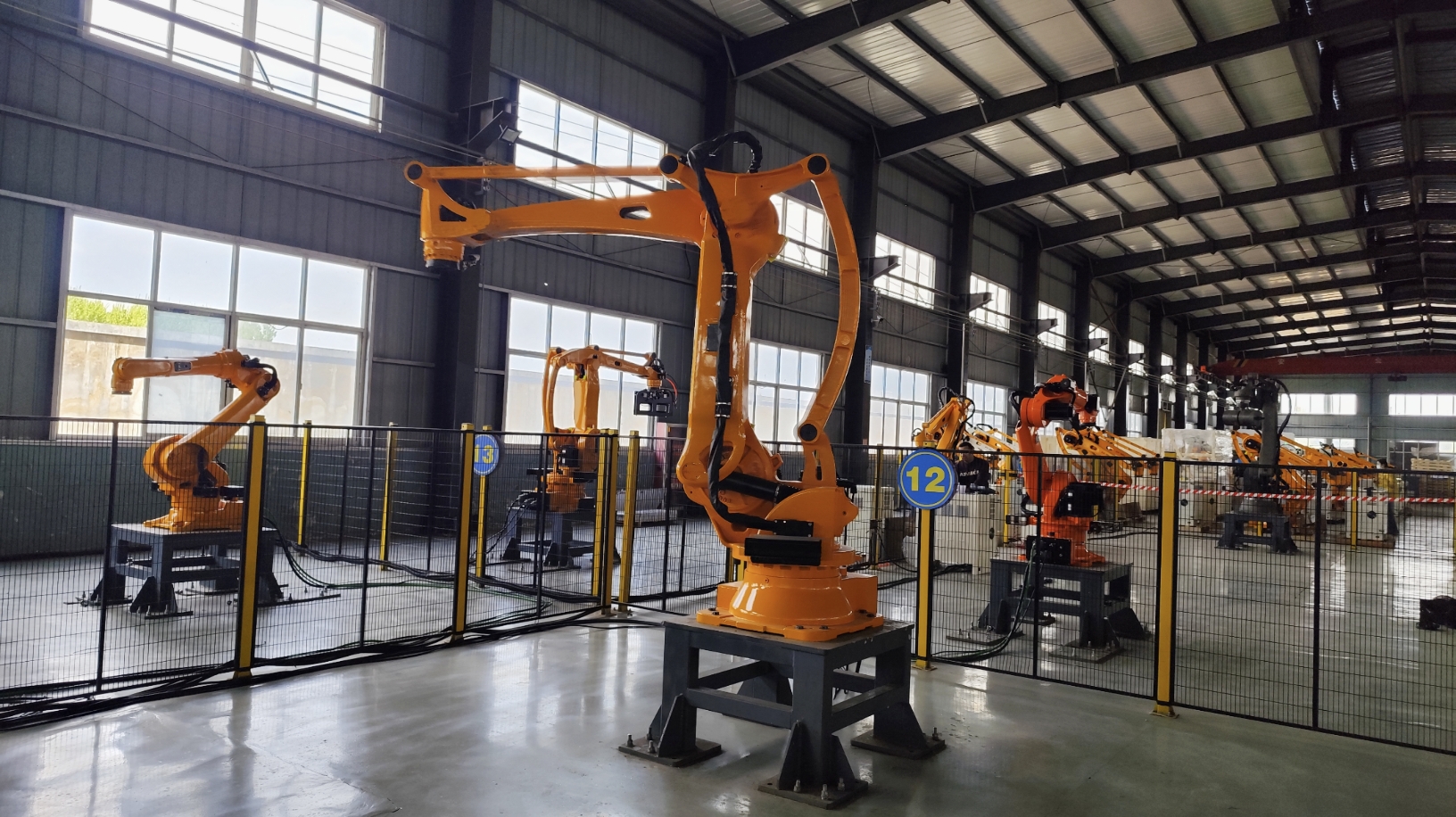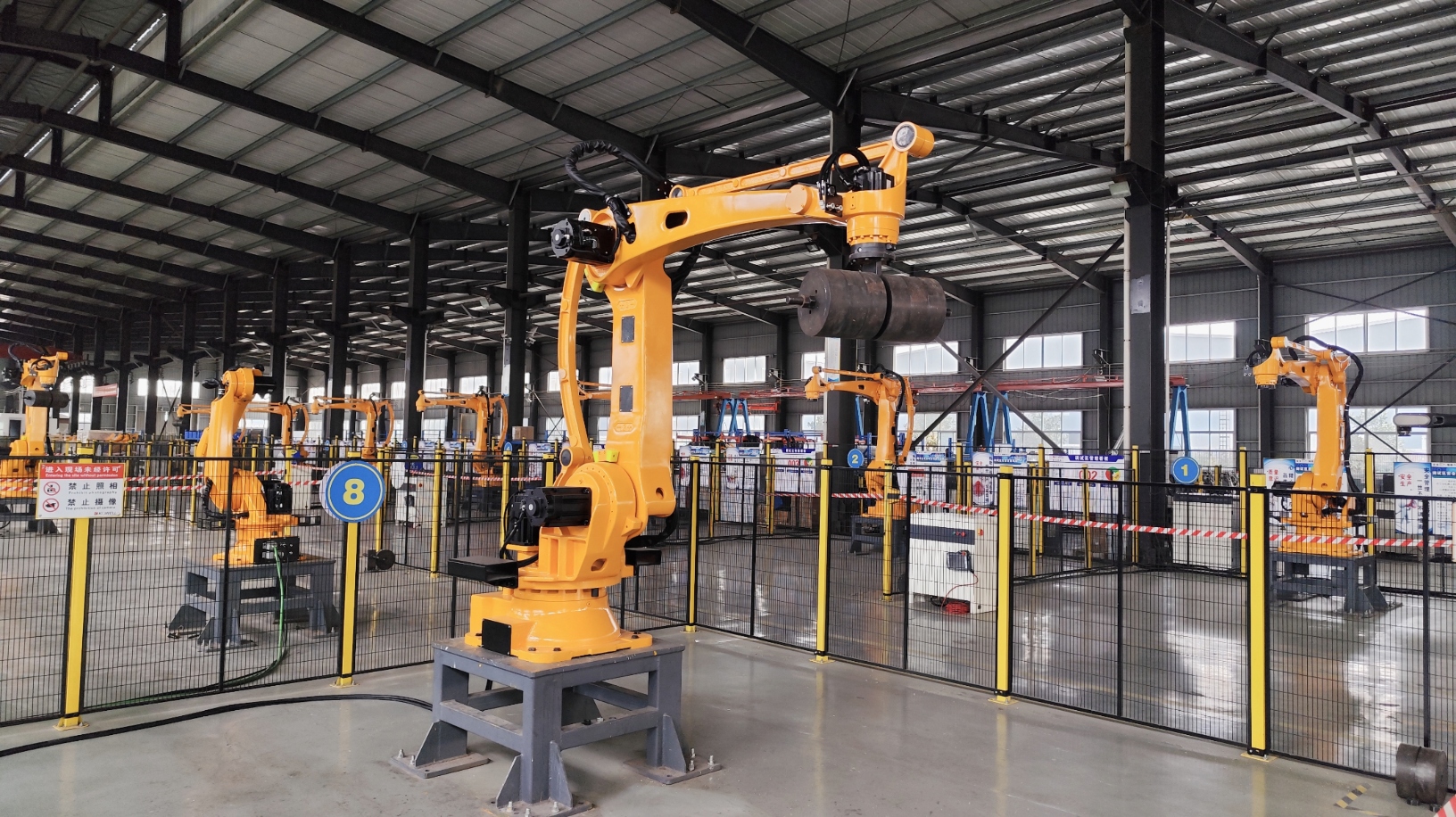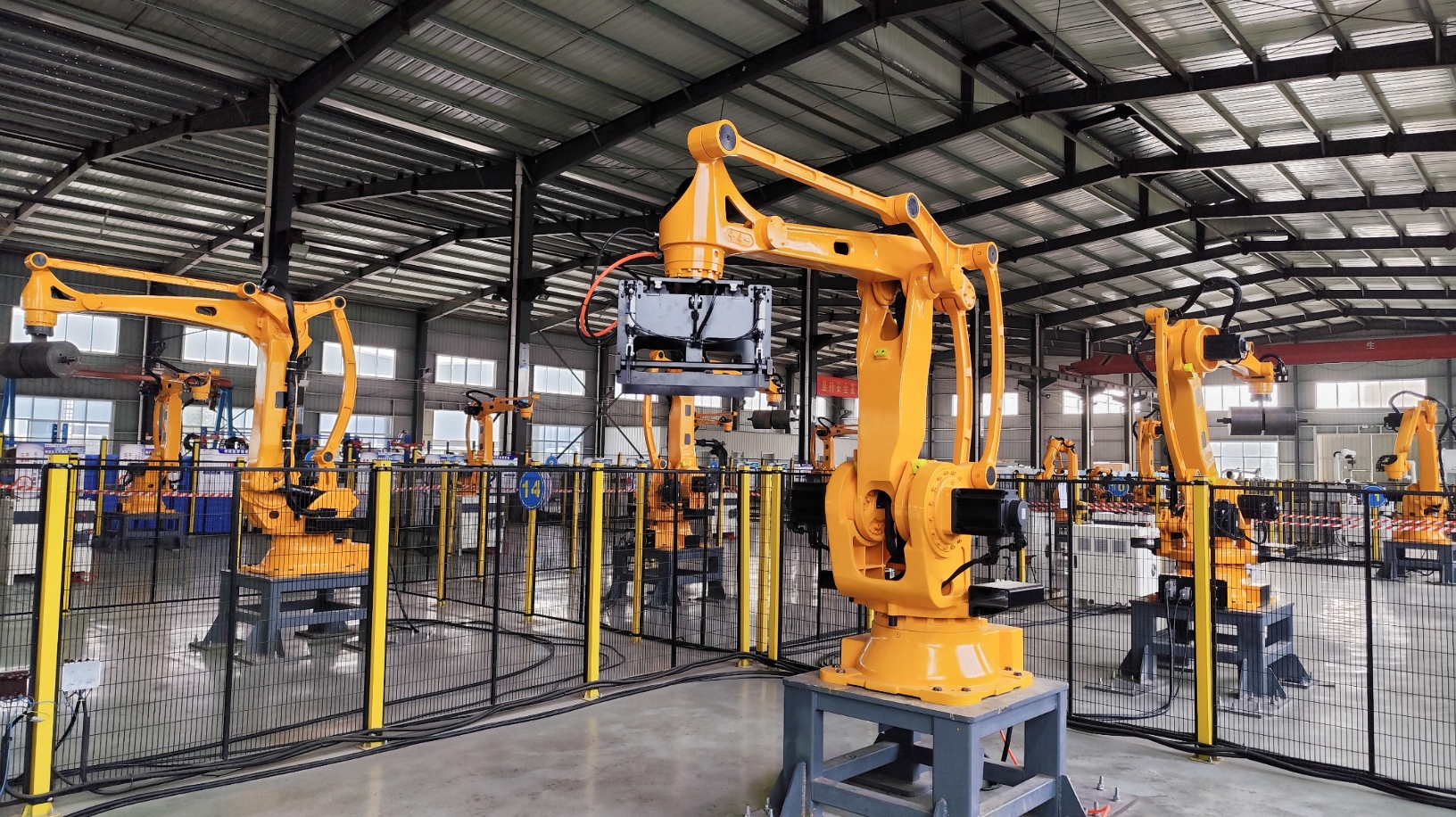In the manufacturing site, as a role that is easily overlooked, it often bears the heavy responsibility of connecting everything. The multi-axis handling robot arm, once just a substitute for "physical work", has now quietly become a key node in the scheduling and coordination system. This is not a simple tool replacement, but a quiet reconstruction of the "core power structure of manufacturing".
The name of "handling" conceals the reality of "decision-making node"
For a long time, the multi-axis handling robot arm has been often defined in industrial discourse as the automatic execution end of material transfer and the infrastructure for realizing a closed-loop logistics system. However, when the manufacturing system becomes more complex, product iterations accelerate, and flexible demands become prominent, the functions it undertakes are far more than just handling.
What is really worth pondering is that it is not executing orders, but "taking up a place" in scheduling and coordination. In the past, the flow of tasks relied on people or management systems to distribute instructions, and the robot arm was only responsible for completing them. Today, multi-axis handling robot arms have gradually become part of the process flow logic: they "decide" when to pick up, when to avoid, when to wait, and even when to trigger the start of the next unit. This transfer of decision-making power is the quiet sinking of the power structure of the manufacturing system.
The meaning of multi-axis is not "many", but "variable"
"Multi-axis" is often understood as an expansion of spatial freedom, but what it really gives the robot is the sense of space and adaptability to autonomous scheduling in complex scenarios. This means that multi-axis handling robot arms can not only cope with handling tasks at different workstations, but also participate in the coordinated control of production rhythm as a "transition node" in the assembly link and even sorting strategy.
In traditional assembly lines, handling is the "gap" of the beat and the silent zone between processes. But in the new generation of manufacturing models, it becomes the "setter" of the rhythm. A multi-axis system with spatial prediction, path optimization and flexible action capabilities is essentially part of the production beat, not an appendage after the beat.
The "non-mainstream" role is being connected to the main system
When we talk about "intelligent manufacturing", we often focus on the control system, core algorithms and production line layout, but ignore these seemingly "corner" physical units, which are becoming the interface of the system.
The reason why the multi-axis handling robot is important is not because of its versatility, but because it is in a "connected" position.
It connects logistics and production, connects upstream and downstream processes, and even connects the rhythm of people and systems. In flexible manufacturing, the redistribution of "scheduling rights" is not as simple as rearranging the system logic, but depends on who is at the critical point where the physical and information flows meet. The multi-axis handling robot arm is just such an underestimated interface.
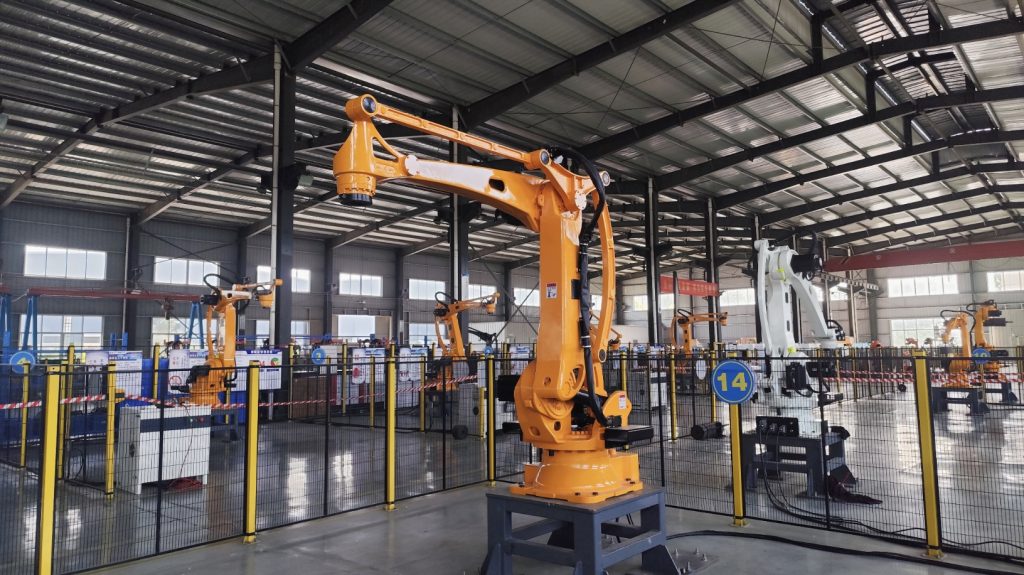
Why now? The maturity of the time is not accidental
This role change did not happen overnight. There are several key driving forces behind it:
The refinement of task granularity: Traditional handling is a "box" level operation. Today's manufacturing requires fine handling at the "piece" level or even the "unit feature" level, which increases the complexity of the action;
The nonlinearity of manufacturing layout: Flexible production lines are no longer strictly linearly arranged, and task paths have branches and loops, and handling units become a "jumping bridge" for scheduling;
The in-depth promotion of human-machine collaboration: In order to improve safety and efficiency, multi-axis handling robot arms are given higher perception and feedback capabilities, thus having a decision-making basis.
These backgrounds have jointly spawned the path of multi-axis handling robot arms from the execution end to the collaborative core.
Summary: Multi-axis handling robot arms are no longer just "present", but "home"
The term "handling robot" seems to have a tool-like temperament in terms of semantics. But when it appears on the front line of manufacturing with a multi-axis structure, flexible scheduling and autonomous path optimization capabilities, it has surpassed the passive role definition and become an interface node connecting multiple systems and a distributed core for rhythm control.
The multi-axis handling robot arm is no longer a repeater in the process flow, but an indispensable "time coordinator", "path optimizer" and "beat organizer" in the manufacturing process.
In the future manufacturing system architecture, we may need to redefine the standard of "core equipment": it does not necessarily undertake complex processes, but it must be at the intersection of manufacturing data and physical processes, and can be trusted, make decisions, and coordinate the operation of heterogeneous systems.
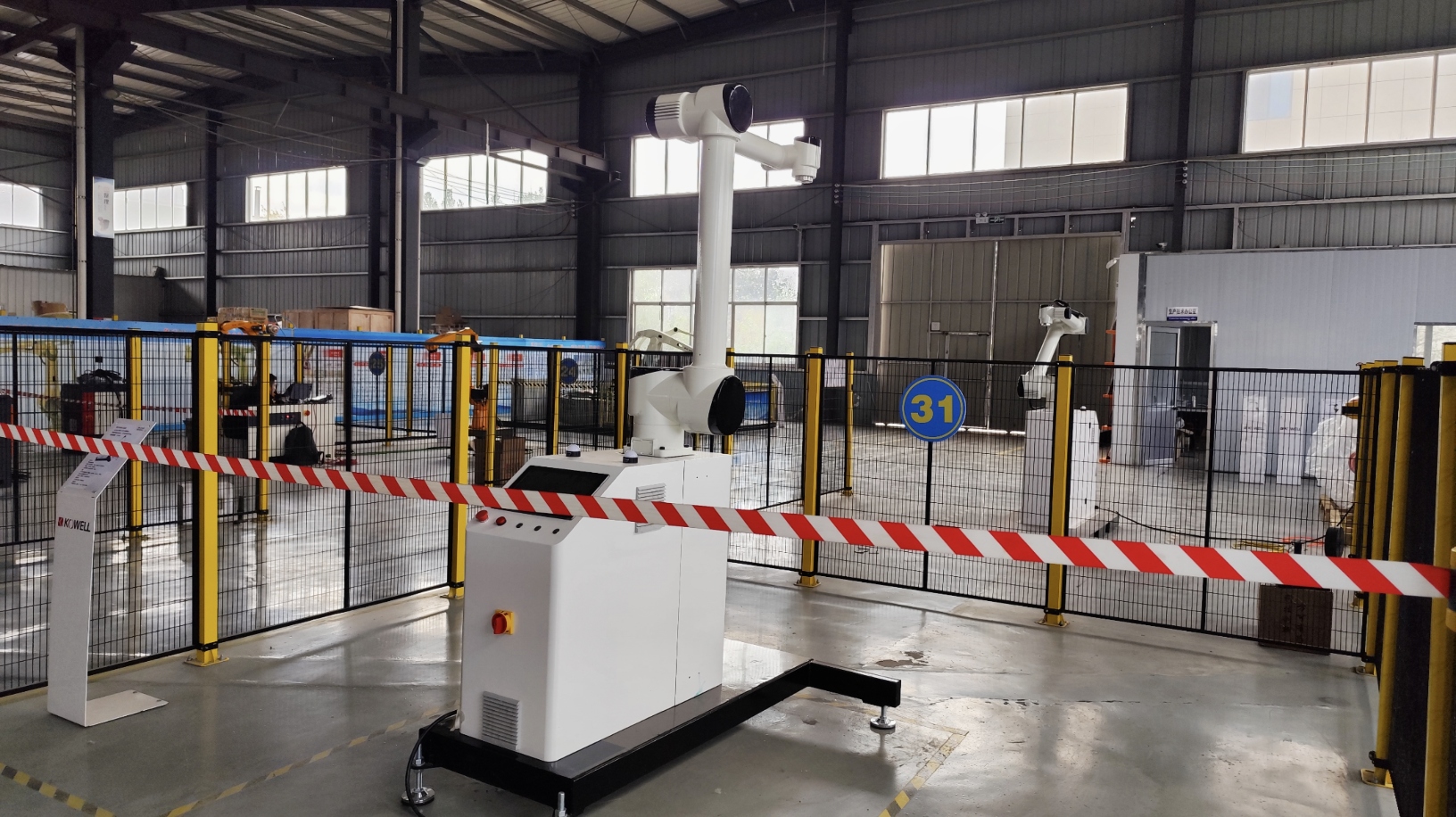
Online Consultation
Hello, the current customer service is offline. You can leave your contact information and the staff will respond to you as soon as possible!


